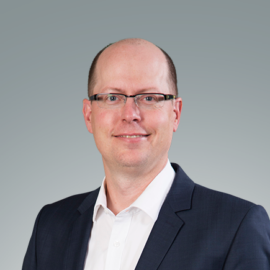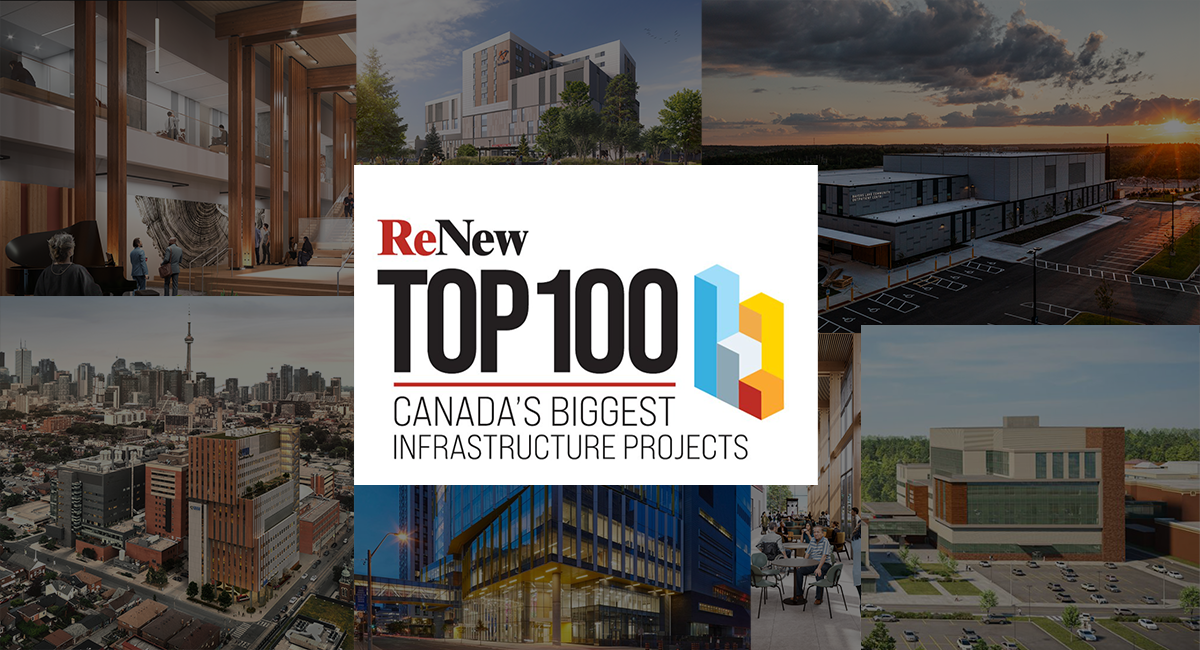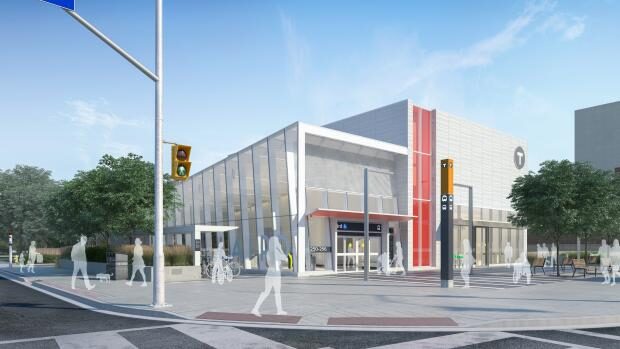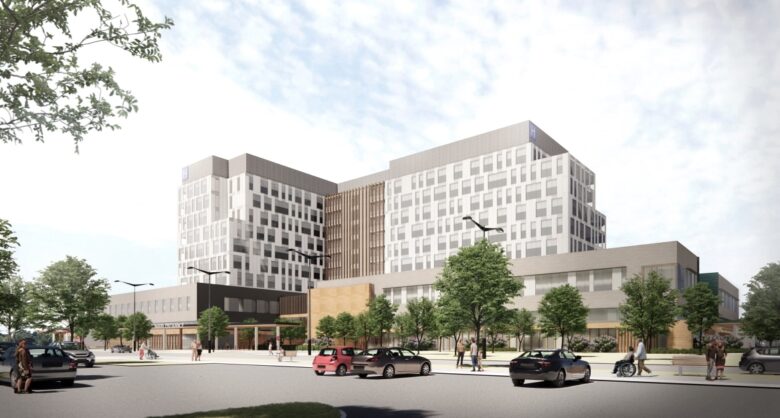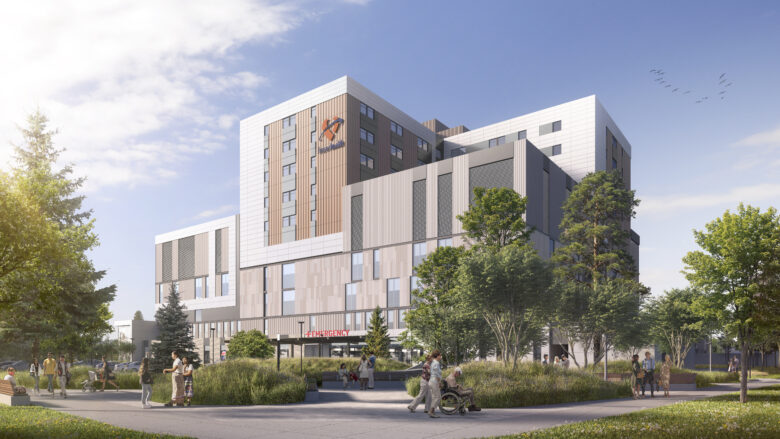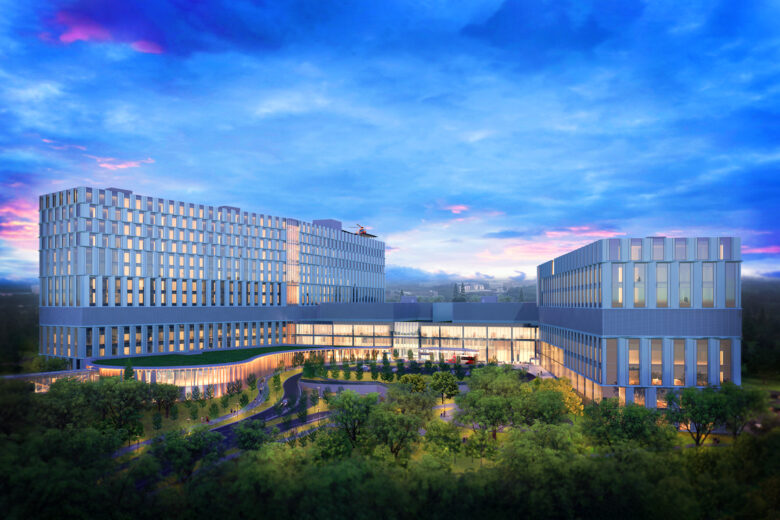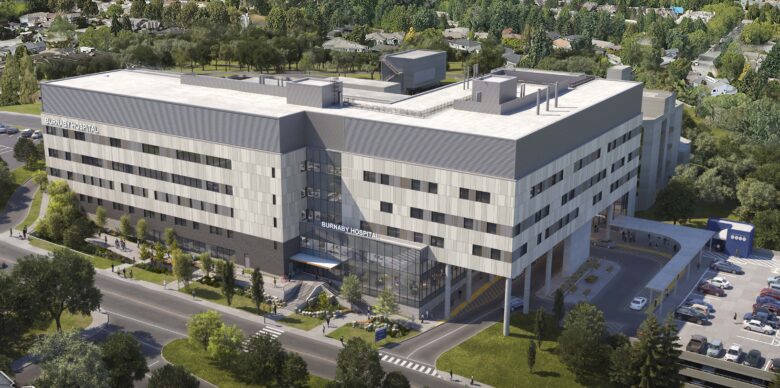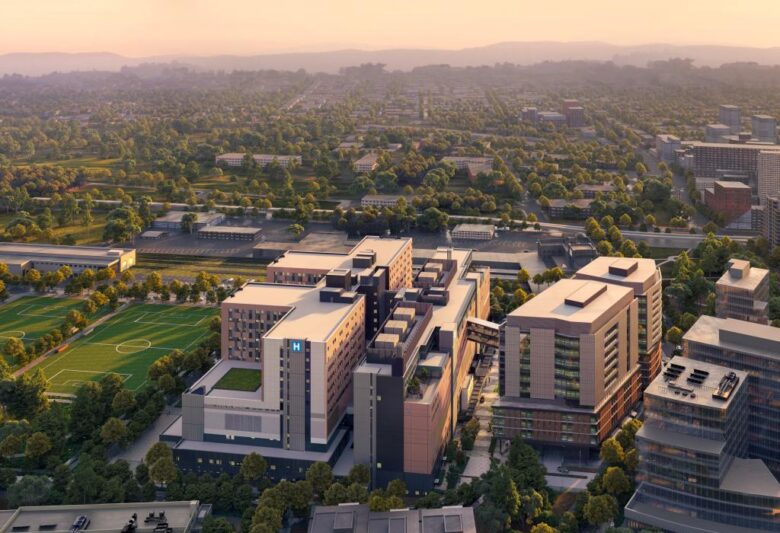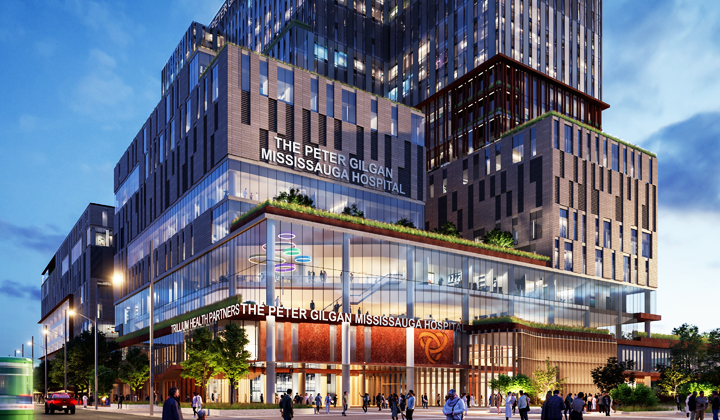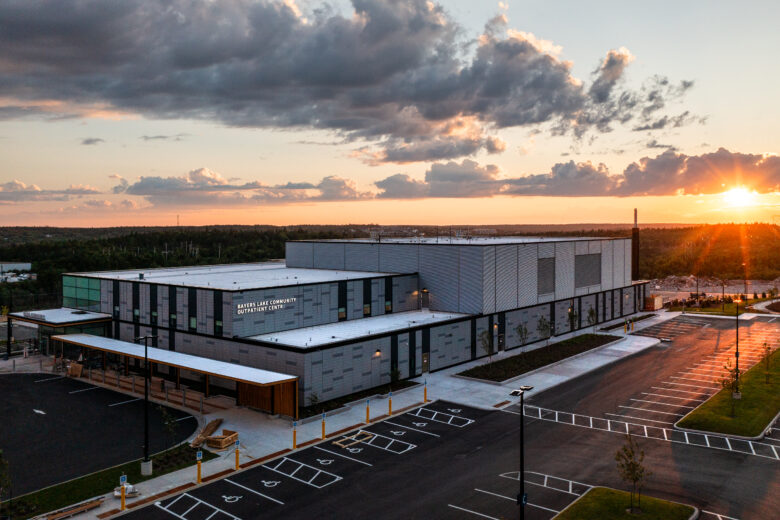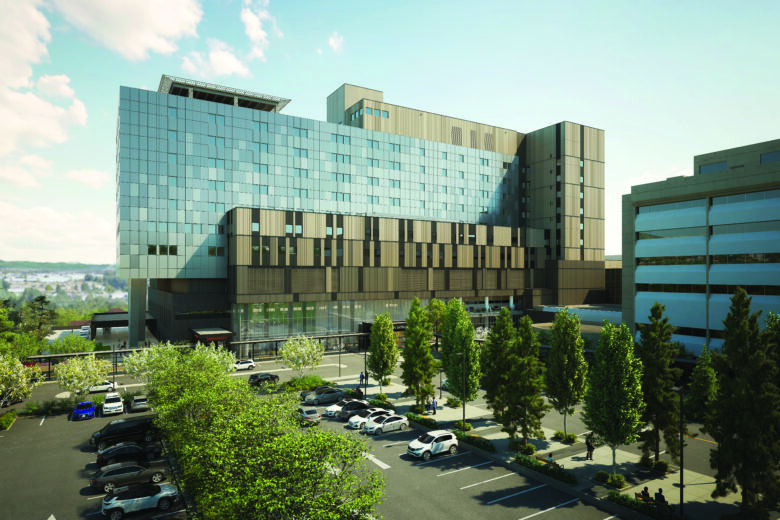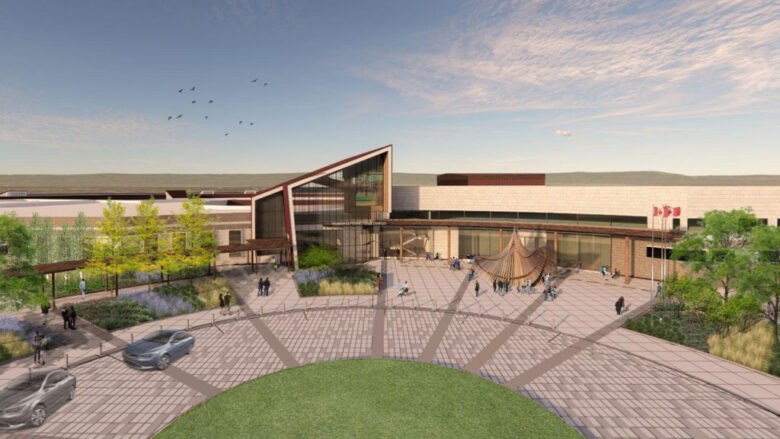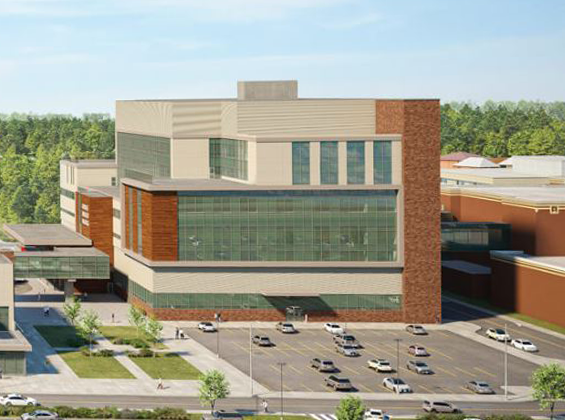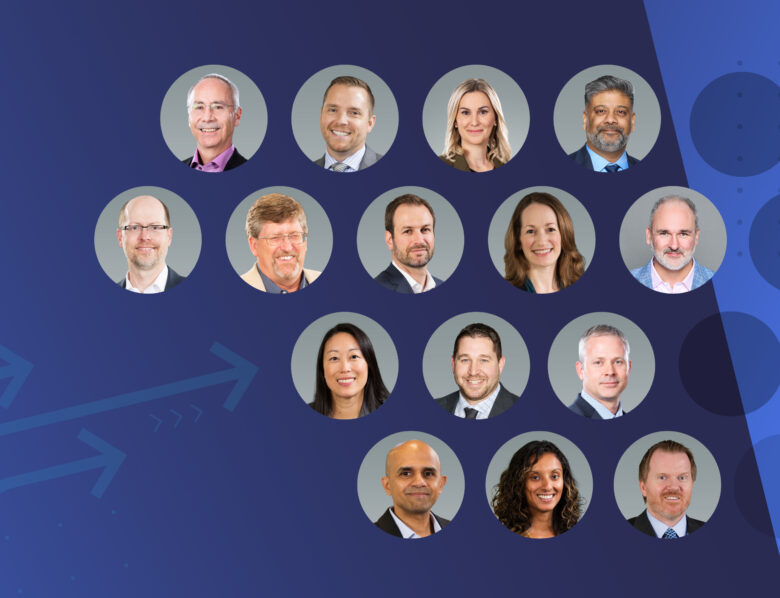Our strategic growth and national expansion plan – HH Angus now has offices in Vancouver, Toronto, Ottawa and Montreal – is creating new opportunities for staff to further their careers. To support HH Angus’ growth, we recently evolved the structure of our leadership team and are delighted to announce the following appointments.
Health Division
Kim Spencer appointed Vice President | Marianne Lee appointed Director | Eric Suderman appointed Director | John Bastian appointed Associate Director | Rita Patel appointed Associate Director | Jeff Vernon appointed Associate Director
Our Health Division, with over 110 dedicated team members, has been providing engineering design services to the healthcare sector for over 75 years on projects that span master planning, new construction (CM, P3, Alliance, Progressive Design-Build and other delivery models), renovations, retrofits and building systems upgrades. Recent and current work includes Cowichan District Hospital Replacement, new South Niagara Hospital, Toronto Western Hospital New Patient and Surgical Tower, Bayers Lake Community Outpatient Centre, and the THP Broader Redevelopment Project – Peter Gilgan Mississauga Hospital.
Commercial Division
Christopher Piche appointed Vice President
From office towers and post-secondary campuses to airport terminals and sports venues, our Commercial Division provides a range of services including base-building engineering, tenant improvements, vertical transportation, lighting design, ICAT/IMIT, sustainability engineering, energy modeling, commissioning, fire protection, smart buildings and more. Recent and current projects includes the Thunder Bay Correctional Complex, WPP Waterfront Campus, Saint-Hubert Airport Terminal, Burrard Exchange, and the Great Canadian Gaming Woodbine Casino Redevelopment in Toronto.
Connect Division
Sheldon Epp appointed Associate Director
Angus Connect helps our clients drive digital transformation by leveraging existing and emerging technologies – from harnessing the power of data to artificial intelligence to IoT and more. Services span digital strategy and visioning, change management, operational readiness, master systems integration, and ICAT/IMIT design and implementation. Recent work includes SickKids Hospital Digital Strategy and Roadmap, Northern Alberta Institute of Technology (NAIT) Smart Campus Plan, Build Nova Scotia Master Systems Integrator, and ICAT/IMIT Design and Implementation for the new Surrey Hospital and BC Cancer Centre.
Energy Division
Phil Schuyler appointed Vice President
The Energy Division helps clients transition new or existing building assets to meet their decarbonization, resilience and financial goals. Our Energy team specializes in designing and implementing strategies for on-site energy generation and battery energy storage systems, low carbon heating and cooling plants, optimizing energy efficiency and integrating renewable energy technologies. Some of their recent work includes Creative Energy District Energy and Low-Carbon Steam Plants, Enwave Pearl Street Energy Centre Decarbonization, and the Mirvish Village Energy System & Central Utility Plant.
Technology Division
Craig Sievenpiper appointed Vice President
Our Technology Division provides engineering design and commissioning services to develop complex critical facilities across Canada, the United States and Europe. This includes data centres, research and laboratory facilities, clean rooms, transit stations, pharmaceutical, and advanced manufacturing facilities. Their current and recent work includes TTC Waterfront East LRT Union Station & Queens Quay Link, St. Michael’s Hospital Brain and Heart Centre Commissioning, and numerous confidential data centre projects in Ontario, Alberta, Quebec, various US states and several European countries.
Knowledge Management
Paul Seager appointed Vice President, Engineering
HH Angus’ Knowledge Management team oversees our professional practice, including engineering standards, legal and quality improvement measures, growth of the Technical Management group, and development and dissemination of technical knowledge across the firm.
We are also pleased to announce several appointments within our Senior Management Group:
- Megan Angus appointed Senior Vice President, Strategy and Digital Services
- Sameer Dhargalkar appointed Senior Vice President, Business Development & Marketing
- Rodney Mons appointed Senior Vice President, Technology and Technical Services
- Kevin O’Neill appointed Senior Vice President, Operations
“It’s a point of pride for us that we are able to grow and develop such outstanding leaders within the firm.” commented Paul Keenan, President. “In each case, these appointments acknowledge the individual’s strong commitment to advancing our technical expertise, innovation, outstanding project delivery, and building strong client and industry relationships.”
We congratulate all of the above on these significant appointments. Recognized as proven and trusted leaders in their fields, they continually demonstrate a strong passion for and commitment to HH Angus’ vision of expanding what is possible – together – for a better future!

